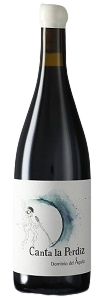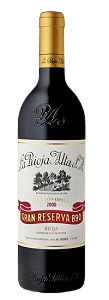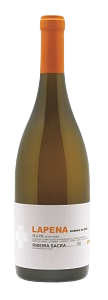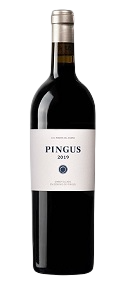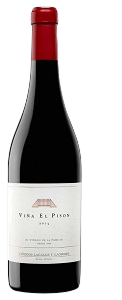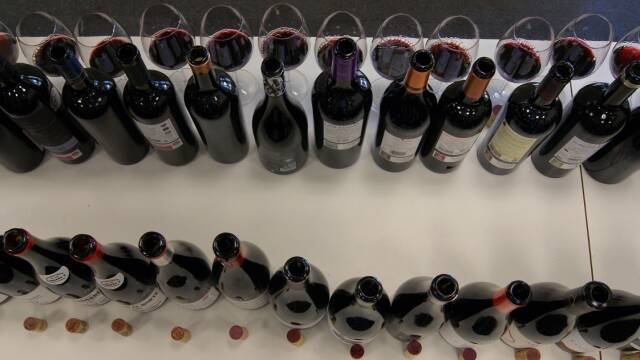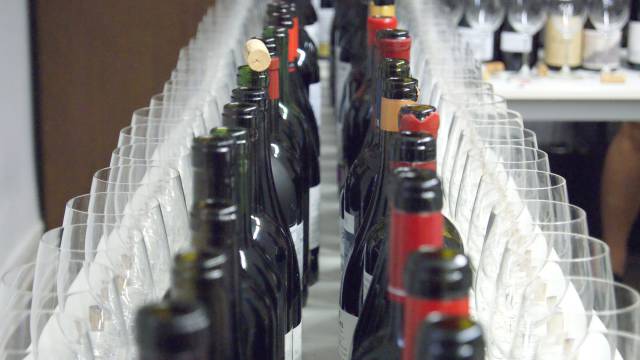Hardly have our glasses had time to dry after a whole year of tastings but already we can announce which are the best wines of the year. Last week we held our famous Recata and in it we were able to define the new podium wines, a unique gallery that shows us the greatness of the vineyards and their interpreters, winemakers and viticulturists, capable of capturing a landscape and a particular moment in a bottle, as if it were a time capsule.
This has been an eventful year for all of us. Fortunately, we have been able to continue our work to be able to offer you all a new edition of the Peñín Guide, the 2022 edition, which we hope will be available in bookshops from the end of October, as it is every year.
Despite the viral circumstances, 295 wines have entered the Podium this year, a milestone for the Peñín Guide, as it is the year in which we have managed to taste the highest number of super wines in our history, and this despite having tasted fewer wines in this edition, around 9,300 tastings. Spain and its wines have reached a moment of unprecedented quality, a boom that has never been explored before and which is due to the increase of small wineries that have joined the traditional ones, producing wines of high quality and low quantity.
This phenomenon had already happened before in Italy and also in the vineyards of our French neighbours. However, in Spain it is more noticeable due to the change of mentality of many producers who, ignoring the trends, have focused on making personal wines that are closely linked to their origin. Everything adds up, and this is how all these new wines have come to swell the complex table of Podio wines. It is worth noting that there is no single style represented in this select group of wines. At Guía Peñín we are not influenced by a single style and vision, we are able to value excellence whatever the style. This is how we place classic wines on an equal footing with terroir wines, fresh or full-bodied and structured.
The 99-point super wines in the Peñín Guide 2022
The number of super wines in the Peñín Guide does not follow a predictable sequence. There are years in which the most excellent part of the table is reduced to very few wines, one or two (Guía Peñín 2012, 2015 or 2017), years in which it is deserted (Guía Peñín 2014, 2016 or 2018) and years fuller of representatives, as is the case this year, with six wines with 99 points, something that also happened in the 2021 and 2020 editions. The most voluminous changes in the podium are mainly due to the fact that the great vintages make the most singular and carefully selected wines of our oenology even more brilliant and therefore of the highest level to be expected. Similarly, wines with ≥95 points also increase in the presence of particularly good vintages.

 Log in
Log in


